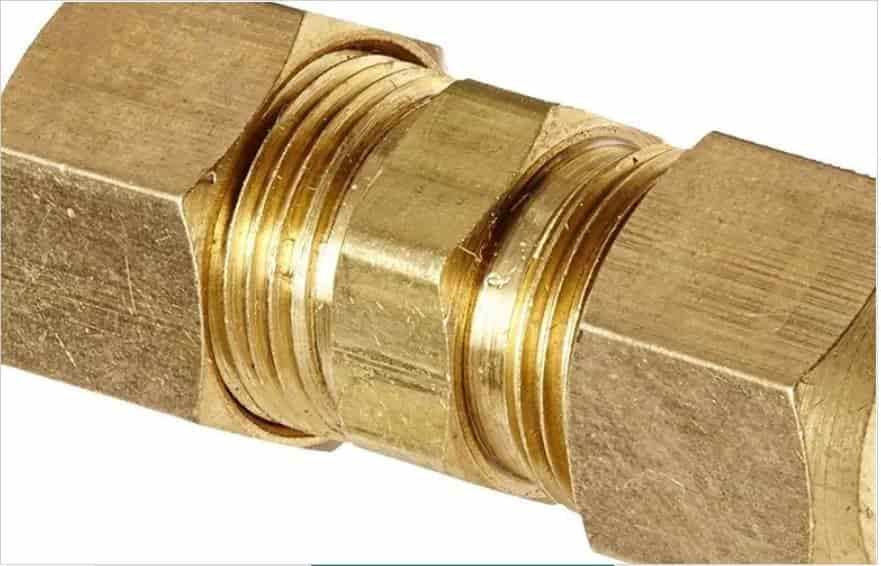It’s always a good idea to first find and look for the sizes, colors, and materials of the brass compression fittings. There are many types of brass compression fittings offered on the web. You may see a list of brass compression fittings, brass compression valve and fitting, brass male and female compression fittings, etc.
Brass compression fittings include brass compression coupling, brass male compression coupling, compression fitting, and bronze compression fitting.
Brass compression fittings are used to create connections between tubing and hose or to create connections between brass fittings. Typically, this product contains chemicals that cut/sharpen, lubricate and dry brass fittings. Brass compression fittings can be purchased in specifically sized fittings, such as 3/8” to 4”.
To connect the compression fittings to your tubing, you need to ensure that your tubing is made of brass and that the tubing is pressed into the compression fittings. This is done so that the compression fittings can expand when inside the tubing creating a stronger connection. How to Install Brass Compression Fittings is a simple installation method to connect the compression fitting, making it simple to create a strong connection.The following are the process you can follow if you want to perform any installation;
Tools/material for the Job
For the correct installation of these parts, you’ll need some tools and materials that can help you do a neat job. Start with either 2 open-ended wrenches the size of the retainer nuts or 2 adjustable wrenches and you can even like to sprinkle pipe dope on the connectors to lubricate and seal them.
Prepping the pipe fitting
The first thing to do is to make sure that your pipe is free of kinks, debris, or just plain old dirt. So grab a clean paper towel or rag and scrub it clean as best you can. Copper pipes often have stickers that can be pretty hard to remove, so here’s a track getting them off in no time. Grab your plumber’s torch and heat the sticker for a couple of seconds thoroughly. Then, you can apply a little flux to it. With a couple of strokes, it will disappear.
Place the fitting on
When the pipe is ready, slip on the retainer nut, then the sleeve, and finally the fitting. To prevent leaks, ensure that the fitting has a proper penetration, and I’ll tell you how to do this in just a moment. Now is a good time to apply pipe dope, since only a small amount is needed to do its job. Then you can secure the fitting and the pipe can be installed when water is flowing.

